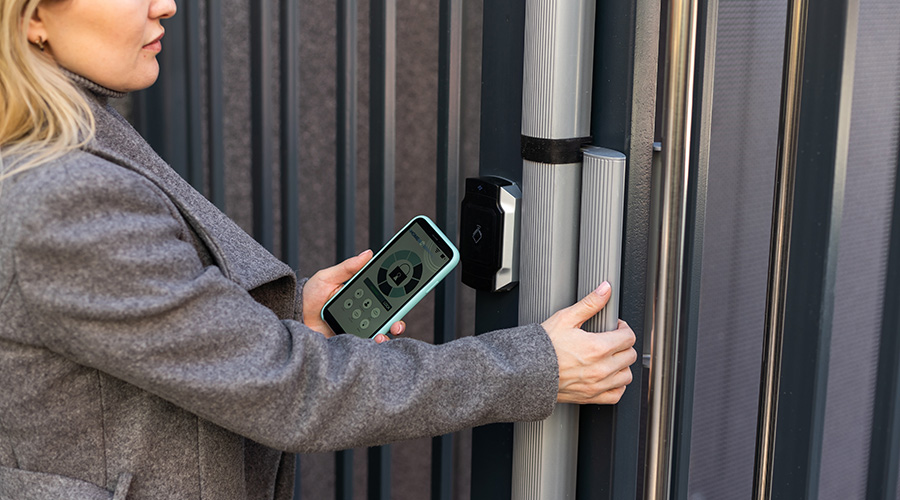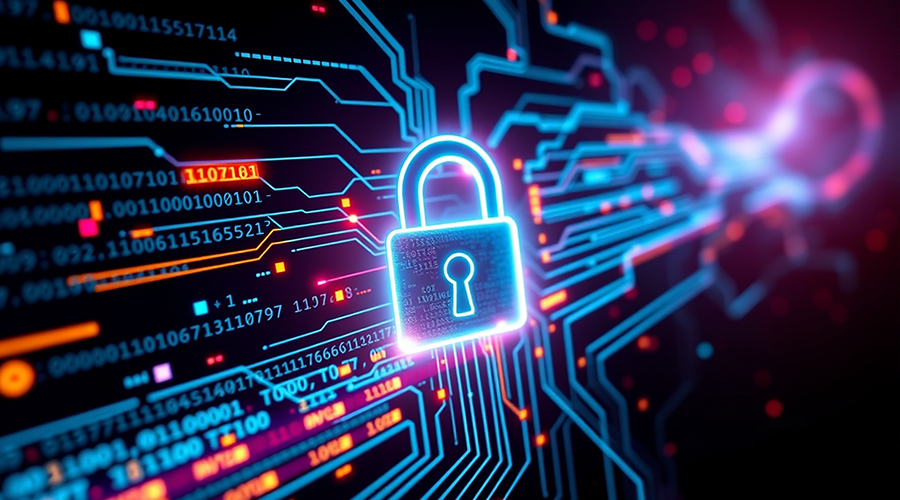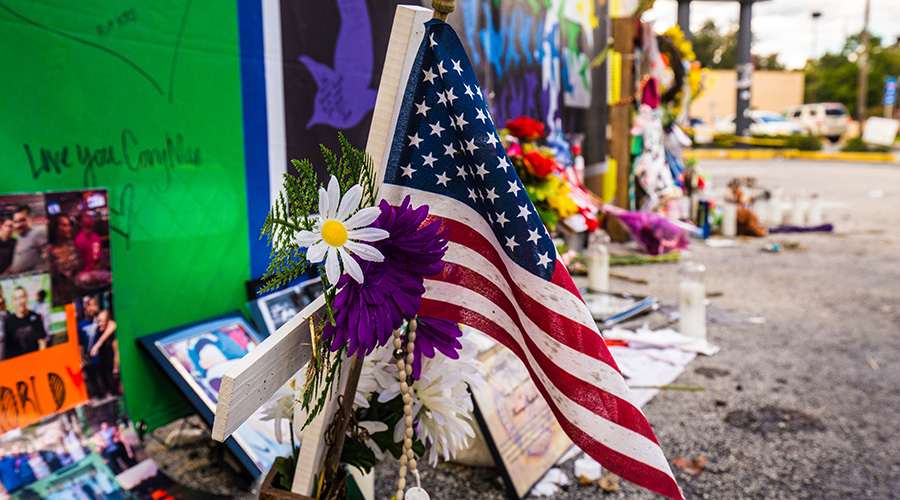Facility Managers Should Reassess Security Plans as Terrorist Networks Become Decentralized
With terrorist networks becoming more decentralized, facility managers need to take a broad view of what could lead to a possible attack. It may be that their building isn't a target but the one next door is. That's particularly true if a neighboring building is a landmark, or if there is a government building nearby.
Even buildings that don't immediately stand out as potential targets should be given a second look, says Sean Ahrens, a senior security consultant with Schirmer Engineering. A pharmaceutical company that does extensive animal testing, for example, makes that facility more of a target for attacks, he says. An unhappy employee could decide to cause trouble in an office building, and an upset customer could do the same in a bank building, adds Bouchard.
"So building owners need to be vigilant," Ahrens says. "They need to look at all different types of threats. Building owners need to identify the risks and minimize them as much as possible."
Experts suggest conducting a risk assessment, looking at what type of activity occurs in the building on a daily basis, what role the location of a building plays in its appeal to possible attackers and where the occupants of the building travel. "Once you conduct that (assessment), you'll have a better idea of how vulnerable you are to certain threats," Aviv says.
Facility managers can take any number of steps to make it more difficult to attack their facilities, yet not diminish the use of those facilities, Aviv says. Those steps include installing surveillance cameras outside, installing bollards, improving outside lighting, increasing security in underground parking, posting security signage and improving security in a building's lobby. Also, fire drills should be conducted and security notifications sent so that tenants know what to do and where to go if there's a problem, he says.
Eliminating metered parking is one recommendation that Ahrens made to a company for which he's doing consulting work. Why eliminate something that's so innocuous? Ahrens says that, in the absence of meters, people are more likely to take note when a vehicle has been parked for a long period of time. The Murrah Federal Building, he says, had metered parking. "There is a different reaction if a large truck has been sitting for four hours and there is no one around it," he says. "It's the same thing in Times Square."
Educate Occupants
An individual who is determined to cause problems will take steps such as surveying a facility, identifying points of access and identifying patterns, such as when deliveries are made and what time a building's occupants arrive and leave, Ahrens says. Those individuals will also evaluate how easy it is to access a building's garage. Facility managers can counter these moves by having security patrols, posting signage indicating that taking photos, videos or drawings of the facility are prohibited, and telling city officials not to give the architectural drawings of the building to anyone, he says.
All of a building's occupants — not just the security personnel — should be educated and trained to look for possible signs of trouble, be it suspicious actions by other individuals or activity in and around a facility, Bouchard says. Education is key so that people know what types of activities they should report.
Having a building's occupants take a team approach is key to success and isn't always easy to accomplish, Caravelli says. In addition to tenants, the security personnel need to get a building's engineers, housecleaning, maintenance and other staffs to work together, setting aside any animosities or hierarchy. "You need to get them talking and helping each other," Caravelli says. "Security may say, 'We'll help you with the flood and you tell us if there's someone odd in the building.' It's an effort to get everyone to work together."
Desiree J. Hanford, a contributing editor for Building Operating Management, is a freelance writer who spent 10 years as a reporter for Dow Jones. She is a former assistant editor of Building Operating Management.
Related Topics:












